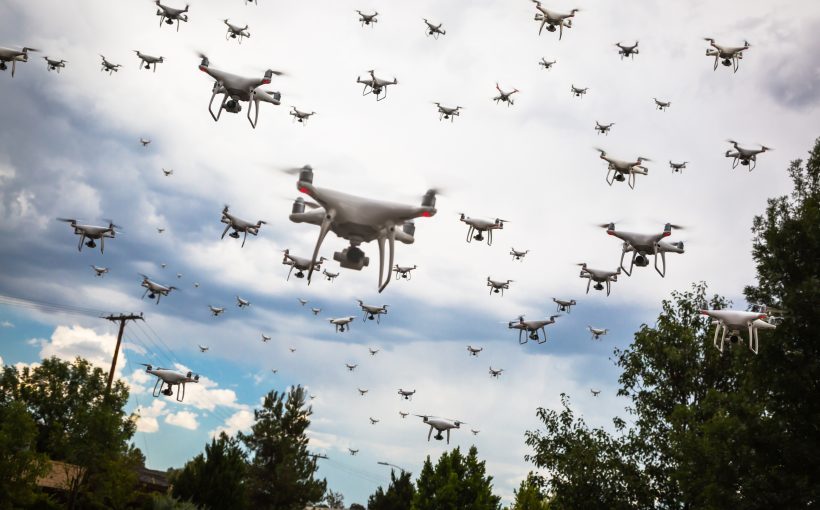ICAO will have to take the lead in developing global standards for global UAS traffic management or the danger will be a proliferation of different standards throughout the world, agreed speakers at ICAO’s Second Global Remotely Piloted Aircraft Systems Symposium (RPAS2017) in Montreal.
But there were some essential technical and regulatory priorities to be overcome for this to happen. According to Brian Wynne, President and CEO, Association for Unmanned Vehicle Systems International (AUVSI), the identification of UAS/drones in critical airspace was one of the key technical challenges regulators faced along with deciding what kind of standards needed to be applied for their safe flight.
“No-one knows what separation separations will apply for drones but separation standards in airspace will be a critical part of the framework for safety,” he told delegates. With manned aviation, traditional see-and-avoid technologies could be applied but for unmanned aircraft the regulators and technologists would have to work together to ensure that if the drone/UAS can’t “see” other platforms in the sky they will still have find a way to avoid them – and by how much.
The moderator Mike Gadd, Business & Technical Lead UAS & Cyber Programmes, at the UK’s Civil Aviation Authority asked how far ATM and UTM would need to converge to develop a future safe traffic management system for drones/UAS. Should ATM standards apply to dronespace, in other words.
“Don’t think about ATM and UTM, think about performance requirements,” said Jeff Poole, Director General, Civil Air Navigation Services Organisation.




